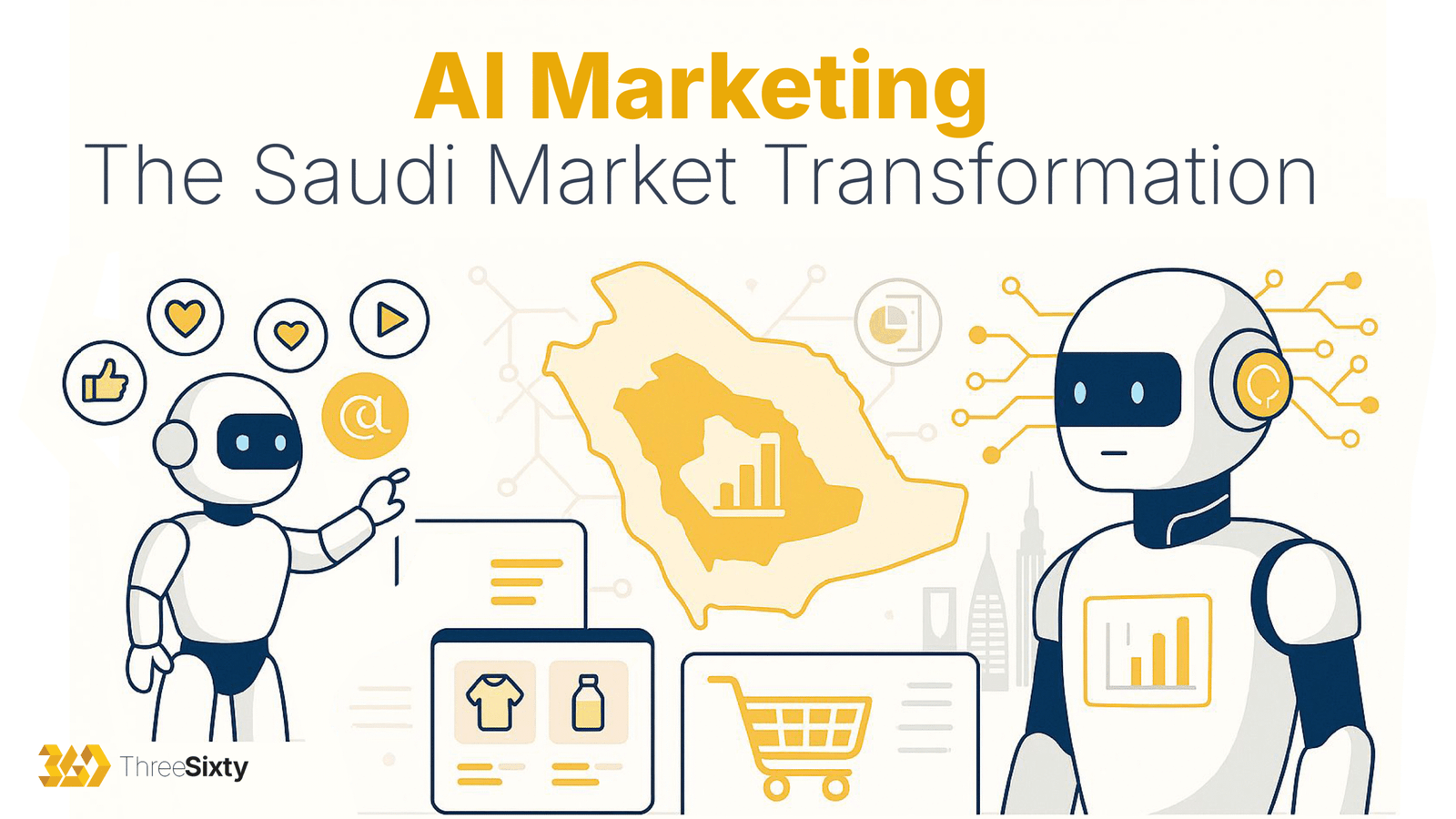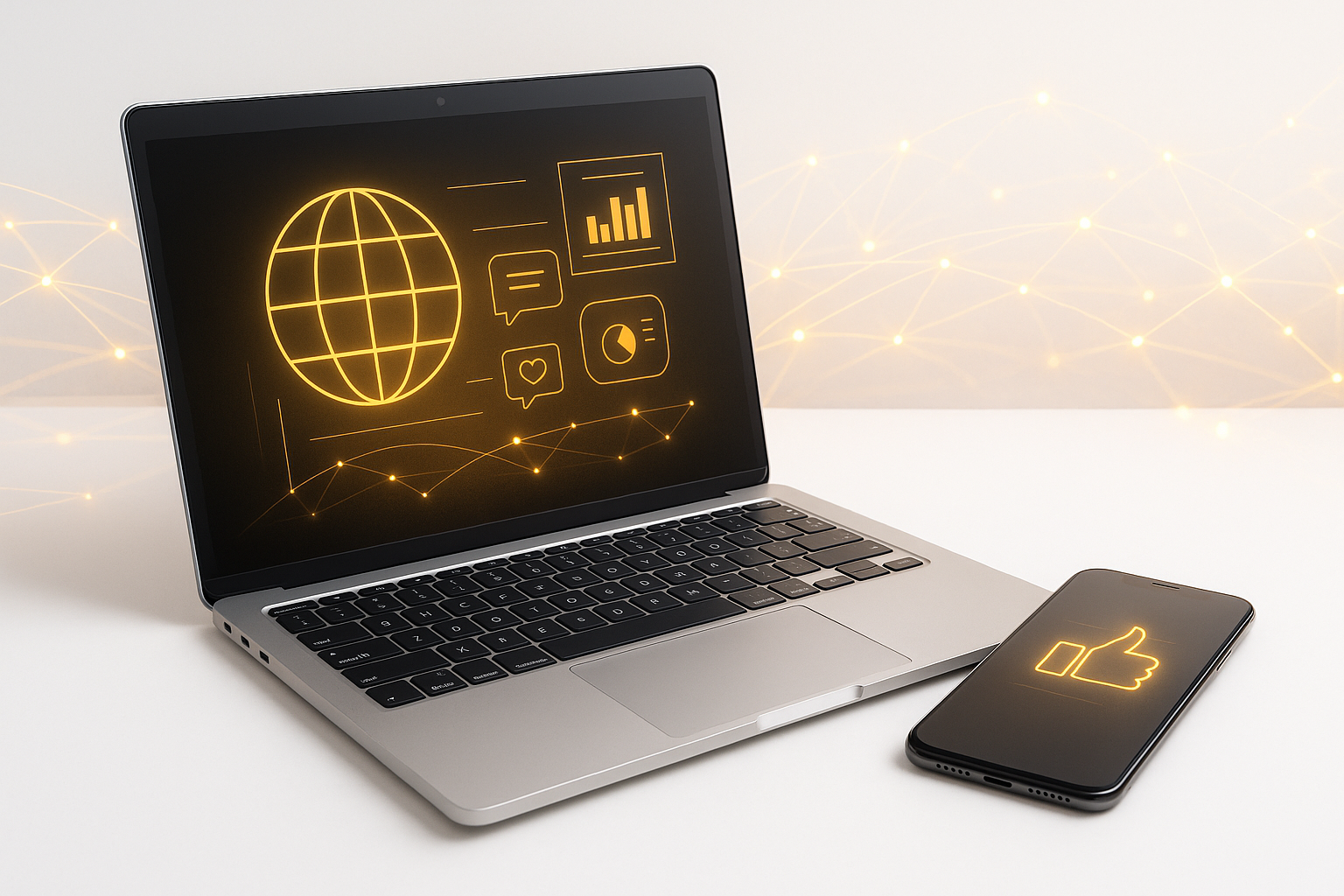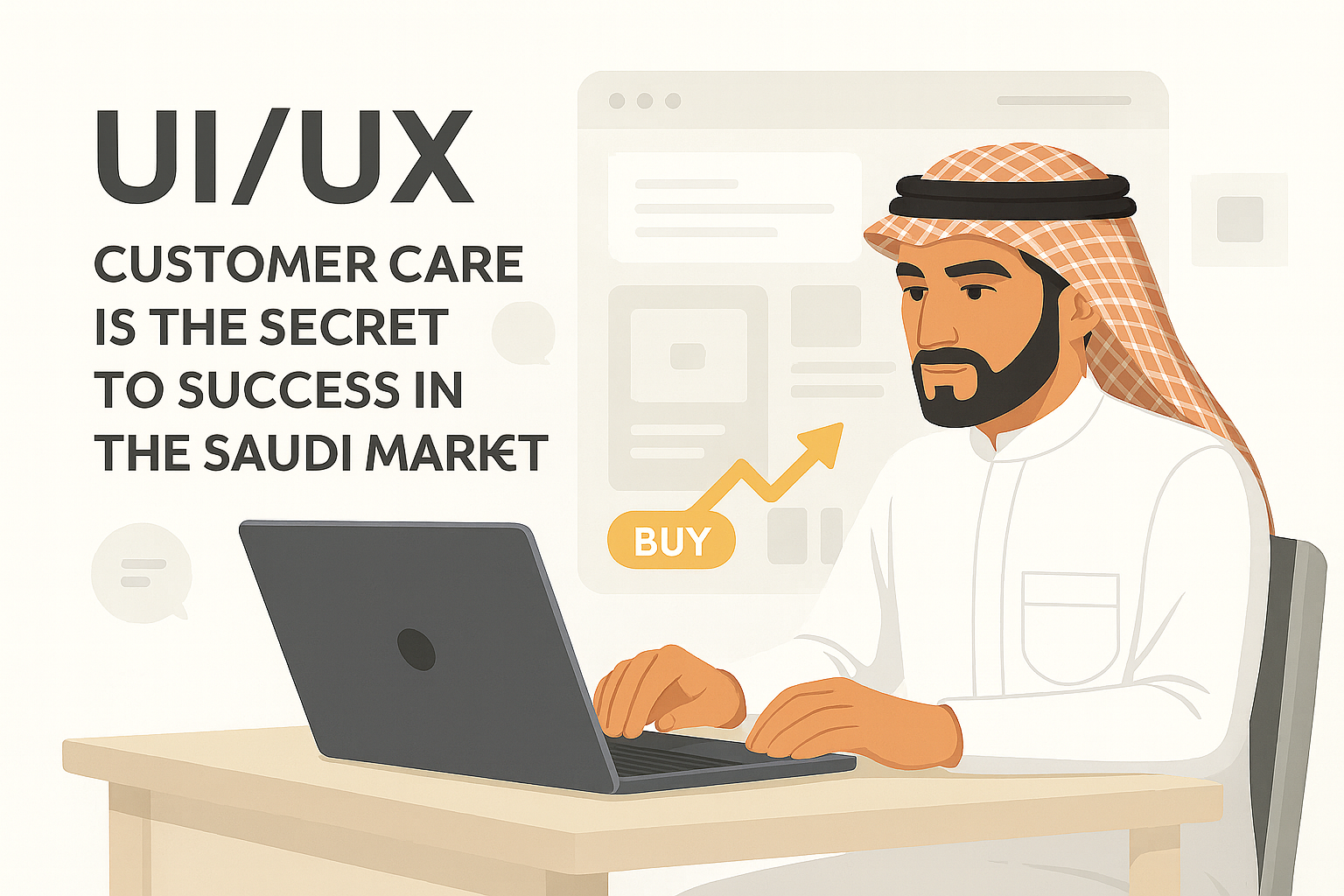Graphic Design Guide: Learn It All in a Simple, Clear Way

Could graphic design be the key to your project’s success?
First impressions happen in less than 3 seconds, and around 90% of what the brain receives is visual. That’s why graphic design is now more critical than ever, as design has become an essential element of any brand. 60% of customers avoid companies without a strong visual identity. Those who invest in design can boost their revenue by up to 32%.
Graphic design connects your brand with your audience, so design today is no longer a luxury, but rather a wise investment in building trust and striving for excellence.
What is the importance of graphic design in modern digital marketing?
Graphic design has become more than just creating attractive paintings. It has become an essential element in the marketing strategies of every brand, whether large or small.
First: Good design grabs attention and sparks interest. Matching colours and images leave a positive impression and drives interaction.
Second, Graphic design makes your brand stand out, a great logo and design help people remember you
Third: Clear design makes websites and print materials easier to use. This builds customer loyalty
Fourth: Design turns long text into visuals that are easy to remember. Adding images helps people understand your message faster.
Fifth: Consistent visuals build trust. Update your website often to match your brand and reduce printed materials. Make sure all elements work together.
Sixth: Design helps you look professional on social media, post visuals that show your brand clearly and attract your audience. Start with the platforms your audience uses most, like Facebook, Instagram, LinkedIn, and Twitter.
What is graphic design?
It is a field that combines artistic creativity and digital technologies with the aim of producing images, texts, and visual elements that convey messages and ideas clearly and effectively in an attractive style.
How has the role of graphic design evolved in the current digital age?
In the digital age, the importance of graphic design has become clear as it is a strategic essential element that makes an impact at every stage of the customer journey, from first impression to making purchasing decisions.
- Its role has changed, and it has become an essential means of communication as graphic design now delivers messages more quickly than text, and supports the audience’s understanding of brand content.
- It stimulates user experience (UX) because graphic design has become a pivotal element in website and application interfaces, and directly develops user interaction and satisfaction.
- This increases engagement rates, as posts with an attractive design generate up to 80% more engagement on digital platforms.
- It enhances brand recognition among competitors with a unique, distinctive, and thoughtful design that makes your brand easily stand out amidst a large amount of daily content
- It serves marketing goals because design helps get your advertising message across and increases opportunities for engagement and conversion in paid advertising campaigns.
In the age of digital marketing, graphic design has become essential to business success, helps enhance brand identity, attracts customers, and improves user experience.
Graphic design and modern market trends
While digital transformation has changed the nature of graphic design, today’s technological developments are completely reshaping the landscape and forcing brands to adapt to the rapid growth of artificial intelligence and social media.
The role of graphic design has also evolved to keep pace with these changes and with trends such as responsive design (Responsive Design), motion graphics, and visual intelligence (Visual AI) They have become an integral part of modern marketing campaigns, so brands that keep up with these trends have a stronger chance of attracting a new generation of target audiences, especially on visual platforms such as TikTok, Instagram, and YouTube Shorts.
Essential graphic design tools used in advertising campaigns
In the modern digital age where images and designs flood every aspect of our lives, graphic design has become a pivotal tool in creating attractive advertisements that quickly and effectively capture the attention of the target audience. Visual attraction tools emerge as essential elements for attracting customers, enhancing the advertising message in the customer’s consciousness, and establishing the brand in the consumer’s mind.
Attract audience attention
Choosing the right colours, fonts, images, and coordinating visual elements consistently can generate a profound impact on the viewer’s perception of the ad, and the goal is to design content that reflects brand values and wins consumer attention.
Strengthening the advertising message
Increasing privacy and security on websites is a prime example of using graphic design to build trust between brands and their customers, making it easier for the target audience to access information and promotions conveniently and securely.
Building a business identity
Through attractive design, the use of advanced design techniques, and the study of the market and audience, designers can create attractive advertisements that do not lose their impact quickly and last in memory for long periods.
The impact of graphic design on purchasing decisions in digital marketing
Graphic design is a crucial factor in building purchasing behaviour and promoting successful campaigns. By exploiting the psychological impact that results from planned design, brands can achieve a deeper connection with their customers.
By examining several marketing campaigns that were distinguished by their creative graphic design, it is evident that graphic design played a crucial role in achieving impressive results. For example, attractive, psychoactive designs have contributed to increasing sales of many major consumer products, underscoring the role of design in influencing purchasing decisions.
Graphic design contributes positively to the psychological aspect of the target audience through the colours, shapes, fonts and images used. Brands can evoke certain emotions and push customers towards making specific purchasing decisions without using direct verbal persuasion.
Graphic design reflects customer loyalty to the brand.
Graphic design plays a vital role in enhancing customer trust in the brand and establishing brand loyalty among customers. Visual elements harmonise with the brand’s core messages to create an interactive experience that stays in memory and enhances emotional connection in the target audience.
Visual identity must convey the company’s values and mission in a coordinated and transparent manner, which adds a deep character to visual communication and contributes to establishing trust and enhancing excellence in customer awareness.
Attractive graphic design plays an essential role in motivating the audience to interact and participate, and the more appropriate the designs are for the target audience, the greater the opportunities for interaction and the higher the levels of emotional and social interaction with the brand, which contributes to strengthening the relationship with the target audience.
At the level of practical application, the impact of graphic design is reflected in three principal axes:
First: It contributes to building a strong visual identity that promotes rapid brand uniqueness, which consolidates its presence in the customer’s mind and supports their sense of belonging to it.
Second: When designs align with a company’s values and culture, they enhance the brand’s credibility and build a bridge of trust between it and its audience, leading to a positive emotional response and deeper interaction.
Third: Creativity in design is one of the factors that renew customer loyalty with every interaction, as continuous visual renewal maintains the audience’s interest and encourages them to interact and participate.
In a world that gives you only seconds to make an impression, graphic design becomes more than just a cosmetic tool. It is a language of visual communication, a bridge of trust, and an effective driver of decision-making, whether you aspire to build a distinctive visual identity or seek to increase interaction and sales, design is the first step towards excellence.
Start building a visual identity today that leaves a memorable impact.
Frequently Asked Questions (FAQ)
1. Why is graphic design important in modern marketing?
It helps attract attention, build a strong visual identity, stimulate interaction with the audience, and facilitate the delivery of marketing messages attractively and clearly.
2. What is the difference between visual identity and graphic design?
Visual identity is the complete image that expresses a brand (colours, logos, fonts, patterns), while graphic design is the tool used to apply these elements visually in all marketing materials.
3. Is graphic design essential for small businesses?
Yes, small businesses need a strong visual identity to stand out amidst competition, and attractive design demonstrates professionalism and enhances customer confidence in the brand.
4. Can design alone influence purchasing decisions?
Yes, studies show that visual elements psychologically influence the audience and contribute to forming a first impression, which plays a significant role in motivating the customer to make a purchasing decision.
5. How to choose the right graphic design for your brand?
Choosing the right design depends on experience, the ability to understand brand identity, and the skill of transforming messages into effective visual design.



